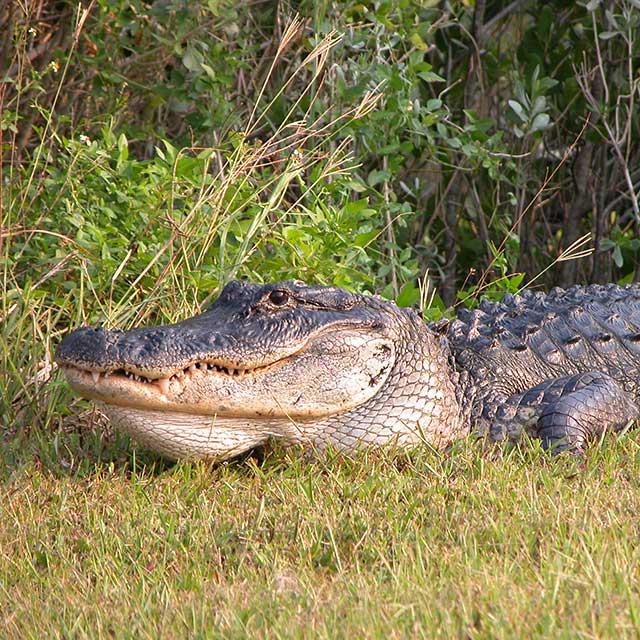Around 18,000 years ago, a continental glacier blanketed North America, leading to a significant glaciation and subsequent melting from 12,000 to 7,500 years ago. Although no glacier reached the lower Mississippi Delta, its effects were profound, shaping the land through the carving of valleys and the creation of floodplains by the Mississippi River and its tributaries. As glaciers melted, runoff increased dramatically, leading to a braided stream pattern before the rivers evolved into their current meandering forms.
The sediment from glaciers, including loess and fluvial deposits, created the region’s diverse topography. The confluence of the Ohio and Mississippi Rivers features an average elevation of approximately 325 feet, while the Mississippi River descends less than a foot per mile towards the Gulf of Mexico, contributing to its meandering pattern. This shifting system forms various landforms such as natural levees and oxbow lakes, indicating ongoing geological transformation.
Additional geological features in the area include the Ouachita Mountains, Ozark Plateau, and the Petrified Forest. The Gulf Coast’s landforms are shaped by sediment deposition from the Mississippi River and erosion from Gulf waters, creating dynamic coastal environments that constantly change.
Source link


